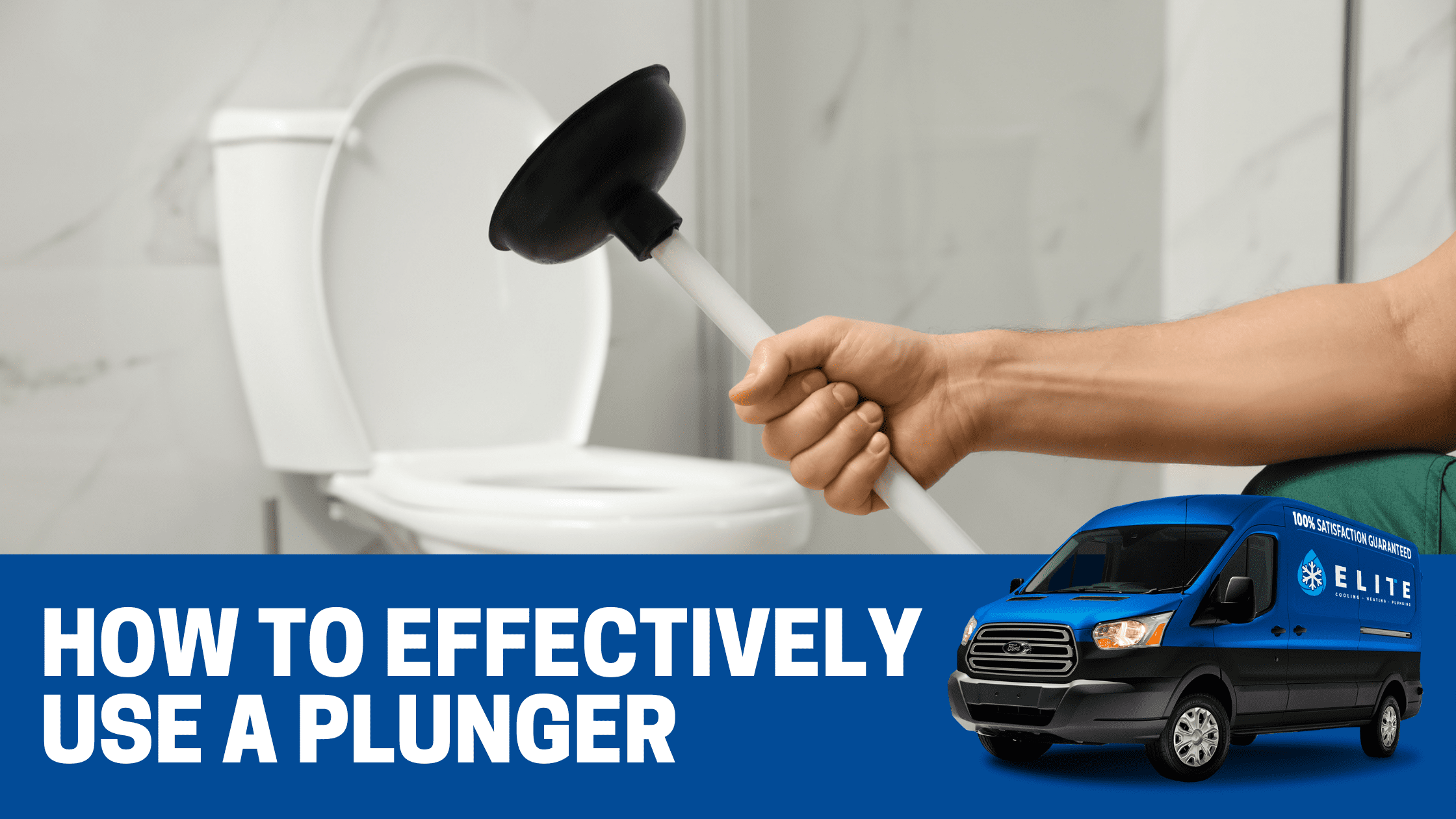
Chances are you’ve had to use a plunger a time or two. Having this bathroom tool within reach keeps things running smoothly when an unexpected clog strikes. Plungers can be easy to use, but there’s more to this bathroom staple than meets the eye.
Keep reading to learn the most effective way to use a plunger, and which plunger is best to unclog a toilet.
Table of Contents
How to Use a Plunger?
A plunger clears obstructions in a toilet, sink, or drain. Plungers are the simplest and most cost-effective tool for unclogging toilets. They’re available in different shapes and sizes, but all of them work on the same principle.
A cup-shaped rubber object is attached to the end of a flexible tube. The cup is inserted into the drain and then pushed up and down to create suction. This vacuum dislodges any clogs or obstructions in the drainpipe.
How You Really Should Use a Plunger?
Follow these five steps to see the best results from your plunger and unclog a toilet.
- Position the plunger over the drain and cover the opening completely.
- Make sure there is the right amount of water in the bowl. There should be enough to cover the cup of the plunger. If there is too much water, remove any excess. If there is not enough, water should be added to the bowl.
- Plunge rapidly in an up-and-down motion to create suction. Do this motion for about 20 seconds.
- In order to ensure that you have created a good seal, continue to apply pressure while plunging.
- Repeat as many times as necessary to get the clog released.
Picking the Right Plunger
There are different drains in your home that can clog, and different plungers are specifically designed for various drains. Where some plungers are better suited to unclog a toilet, others are made to unclog sinks. Picking the right plunger can help unclog the drain more efficiently.
- Flange plungers are commonly used to unclog toilets
- Cup plungers are better suited to unclog sinks
- Accordion plungers are best for sed for tubs, or shower drains
- Automatic plungers are more pricey but can send CO2 into the drain
- Beehive plungers are able to plunge wide toilet drains
What to Do if a Plunger Fails
If you’ve tried using a plunger and it isn’t doing the job, there are a few more options you have before calling in a professional plumber.
- Try a chemical drain cleaner
- Mix together a homemade solution of baking soda and vinegar
- Pour a combination of boiling hot water and liquid dish detergent into the drain
Calling in the Pros at Elite Heating & Air
If all other methods fail and your clog still persists, it’s time to call in a professional plumber. The team at Elite Heating & Air can help restore balance to your drains and offers additional plumbing services for all your needs.
- Drain cleaning
- Water line repairs
- Leak detection
- Leak repairs
- Kitchen and bathroom remodeling
- Sewer Camera Inspection
We guarantee same-day service so you can get back to living comfortably. Schedule a service online or call (941) 662-2855 to schedule your plumbing service today.

